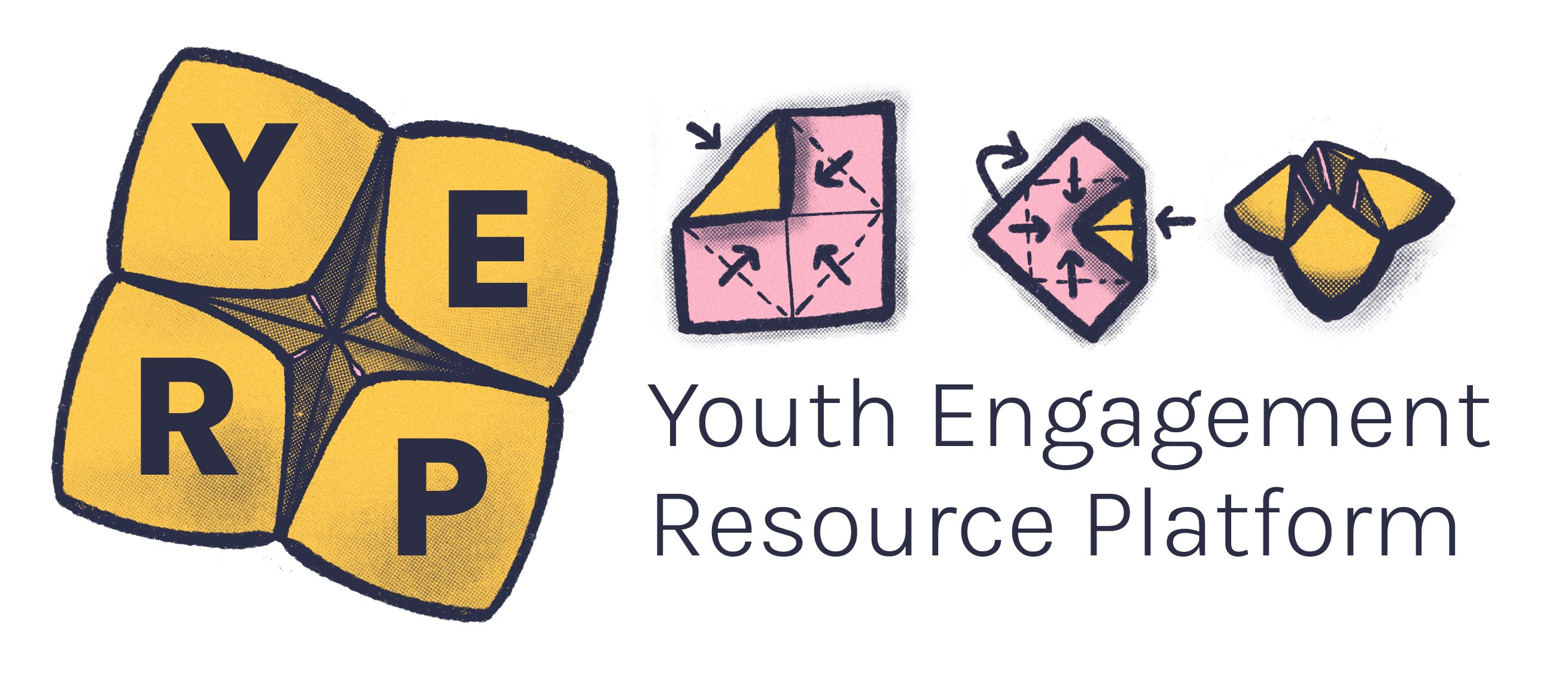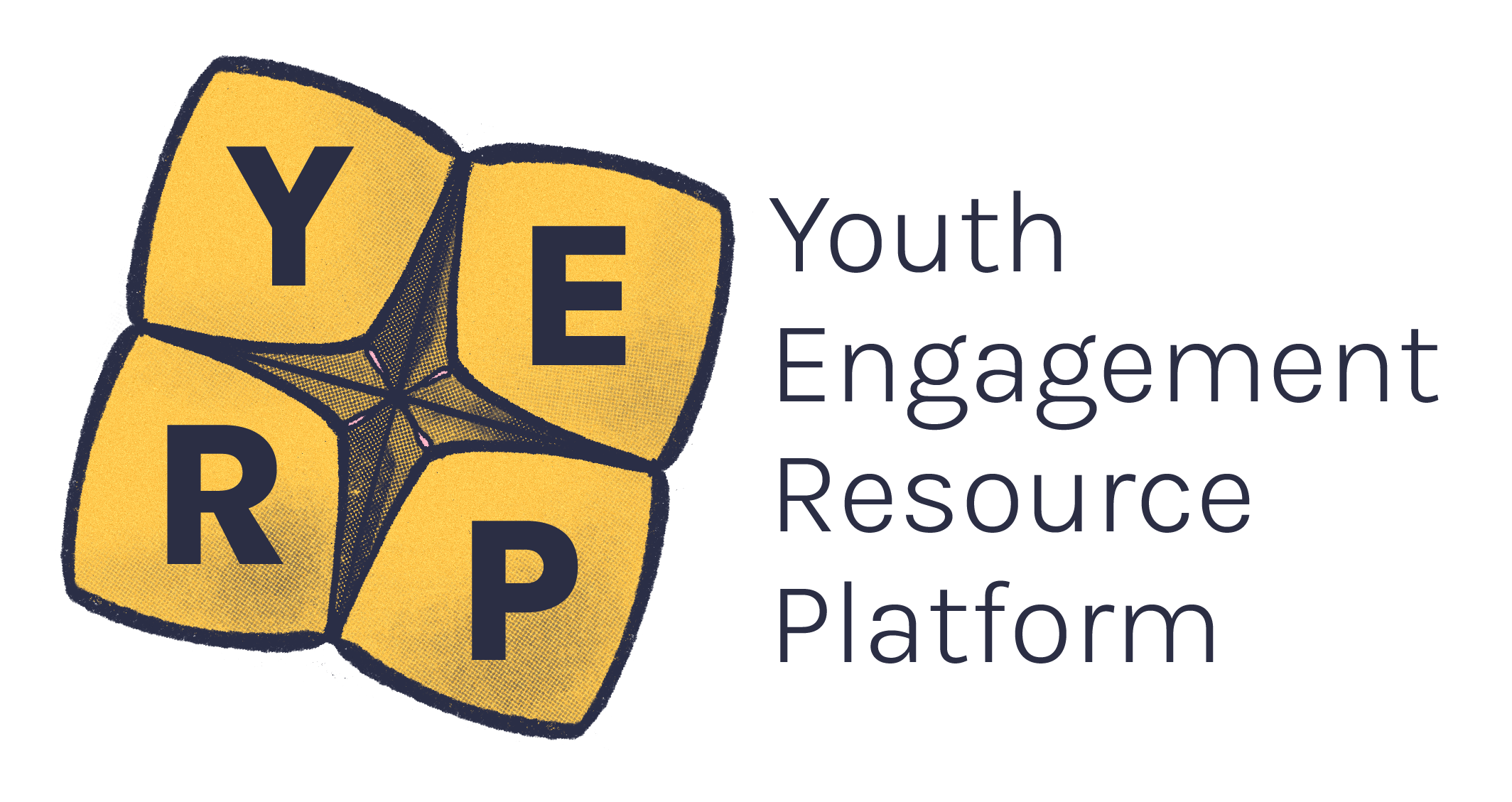For best practice advice on working with First Nations young people, YACVic recommends you:
- Refer to Aboriginal-led child and youth organisations, like Koorie Youth Council or Victorian Aboriginal Child Care Agency (VACCA).
- Use online resources created by Aboriginal people, like Common Ground, and the VACCA Cultural Hub platform.
As you travel around Victoria and the rest of Australia, you will move to and from different First Nations Countries.
There are some private lands which you cannot access without permission, and others you can access. It’s important to uphold cultural safety whenever you’re on Country.
As a youth worker, you may work with Aboriginal and Torres Strait Islander young people and different communities. This article covers what cultural safety is, and different culturally safe ways of working with Aboriginal and Torres Strait Islander young people.
Cultural safety can be understood as:
“an environment that is safe for people: where there is no assault, challenge or denial of their identity, of who they are and what they need. It is about shared respect, shared meaning, shared knowledge and experience, of learning, living and working together with dignity and truly listening.”1
–Robyn Williams
Cultural safety is a term that’s becoming widely understood as the ideal way of working with people from diverse backgrounds and is broadly used in the youth sector for all minority cultures. However, it was originally coined from a First Nations perspective. Cultural safety is internationally recognised as a basic right for Indigenous people.
The term was first proposed by Dr. Irihapeti Ramsden and Māori nurses in the 1990s, and in 1992 the Nursing Council of New Zealand made cultural safety a requirement for nursing and midwifery education. Cultural safety was described as providing, “a focus for the delivery of quality care through changes in thinking about power relationships and patients’ rights.”2
Cultural safety invites people into self-reflection, to understand their own assumptions, biases, values, injustices and systemic oppression, as well as concepts of class and power. Not surprisingly, for people from dominant cultures, the concept of cultural safety is often more confronting and challenging than cultural competency.
We recommend reading resources around cultural safety that have been developed by First Nations people, and doing training from First Nations organisations such as the Koorie Heritage Trust and ABSTARR Consulting.
An Elder in a possum skin cloak hosts a smoking ceremony on Gunditjmara Country.
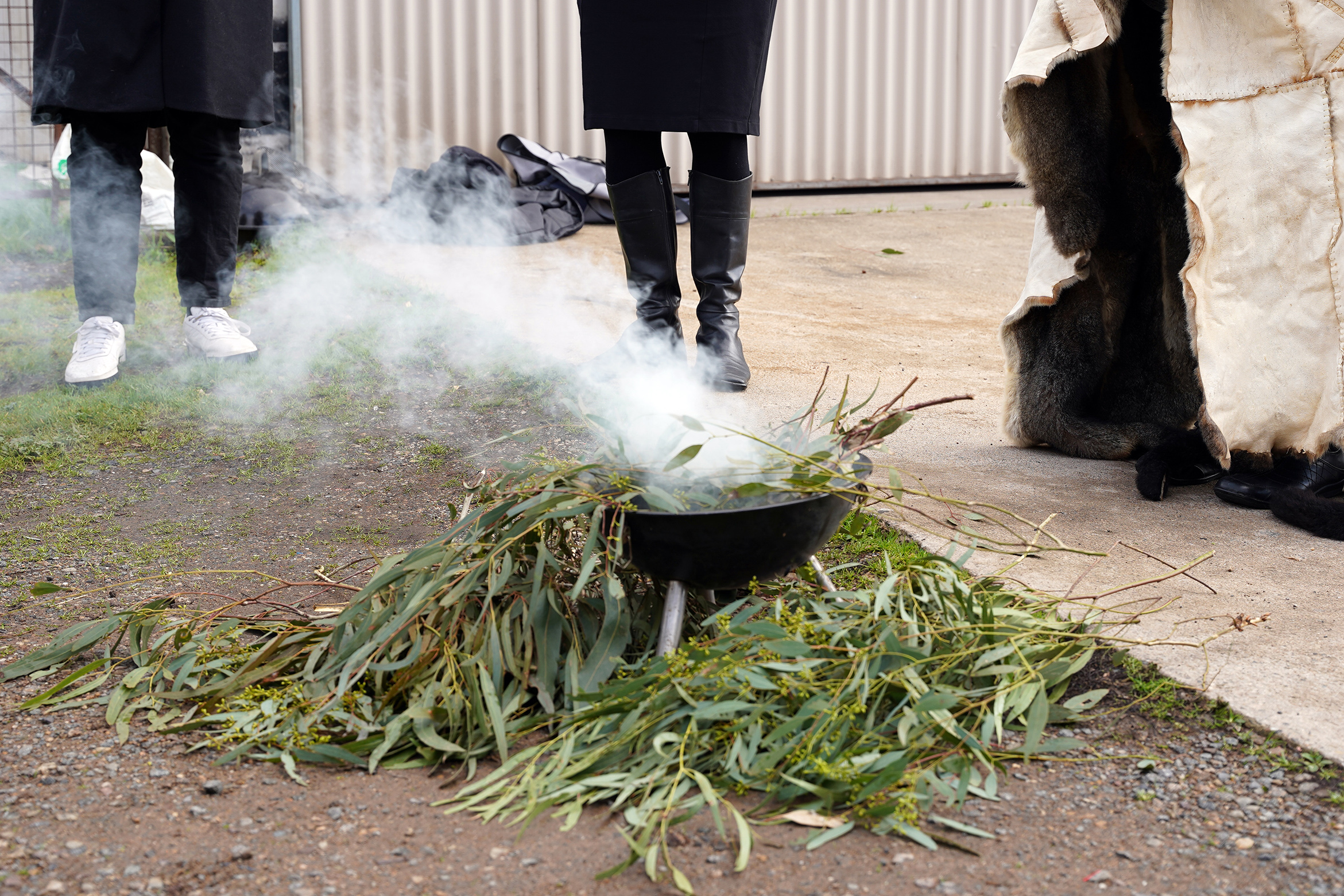
Different communities will often have different structures around consultation processes and how to engage with them respectfully.
You should research the most appropriate First Nation organisation within the community and approach them to discuss the best way forward. They’ll either be able to represent the community or assist you in contacting members and groups within the community.3, 4
It's also a good idea to research and approach the peak body for First Nations young people who is most connected to the topic you’re interested in. For example: housing, employment or mental health. 3, 5
A drawing of an Aboriginal flag done by a young person.
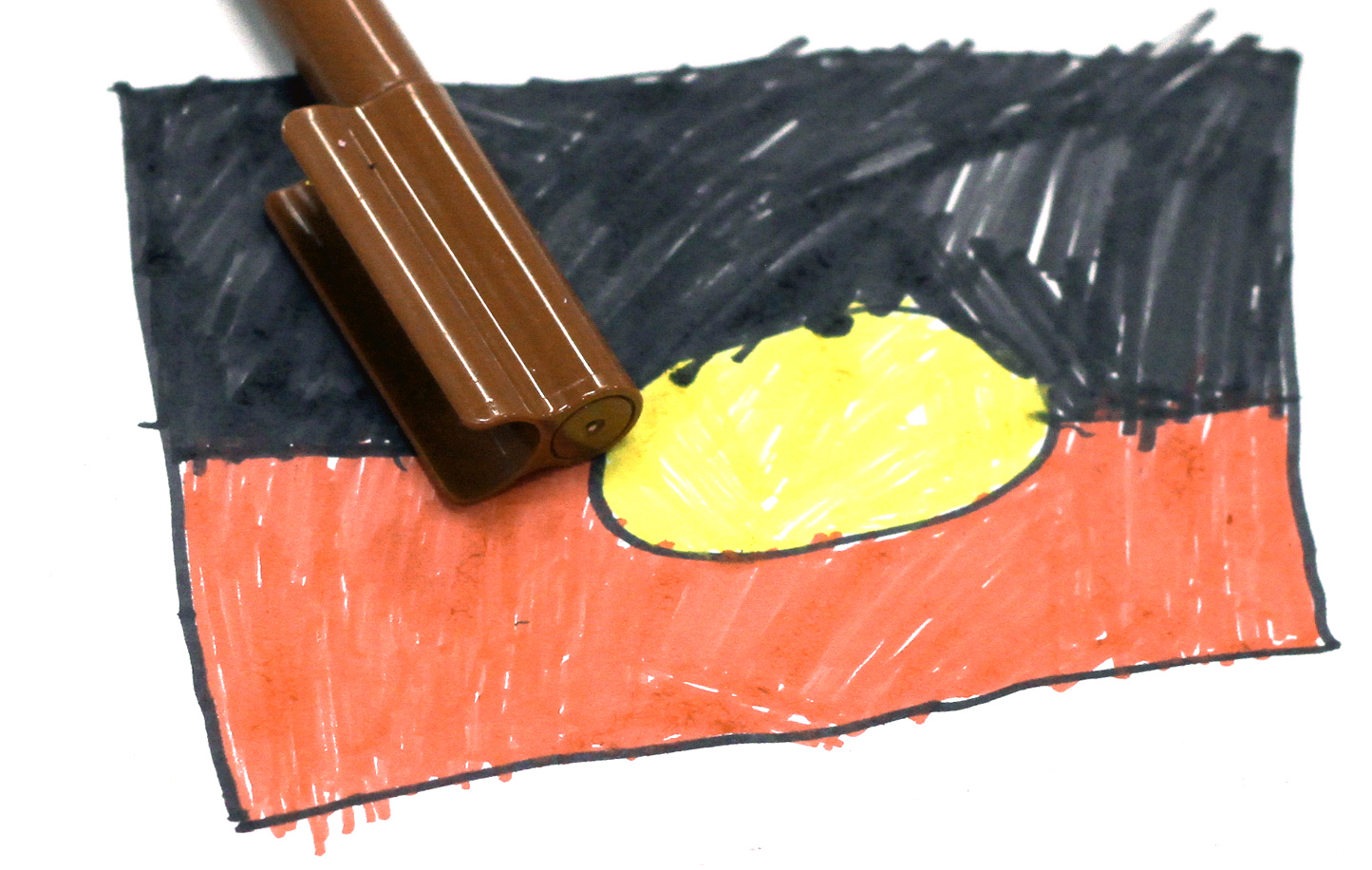
It takes time to develop trust and mutual understanding. You can’t expect this to happen immediately, and it should be built in and considered as part of your consultation process.7
It’s also important to understand that concepts of time might be viewed and valued differently among First Nations and non-First Nations people. At times, First Nations people might defer meetings or events due to cultural obligations and responses, such as Ceremonies around death, but also other times of grief.Sorry Business.6
Educate yourself before you enter a community or start engaging with members of certain First Nations communities. You should research a number of things:5
What land are you on?
You should know what Country you’re living, working and playing on. Don’t just limit your knowledge to the Country you normally interact with. If you’re visiting other places, make sure to know that Country as well.3
Check out the AIATSIS map to find out which Aboriginal Country you're on. It’s a visual reminder of the richness and diversity of Aboriginal and Torres Strait Islander Countries across Australia and attempts to show language, social or nation groups based on published sources available up to 1994. Please note that the map shows only the general locations of larger groups of people which may include smaller groups.
Community groups and leaders
There are important individuals and groups within First Nations communities. The best way to find who these are is to reach out to the First Nation organisations within the community.
Engaging with First Nations community groups and leaders is important because when done well, it opens up an opportunity to foster meaningful connections.
It can take time to build these relationships. You might want to consider why you want to engage, to ensure your intentions are authentic and will create a relationship that is mutually beneficial.5
Respectful communication and engagement can differ from community to community. You should tailor your approach to each person and community, just as you would in other aspects of community engagement.5
A wedge-tailed eagle, significant throughout Victoria.
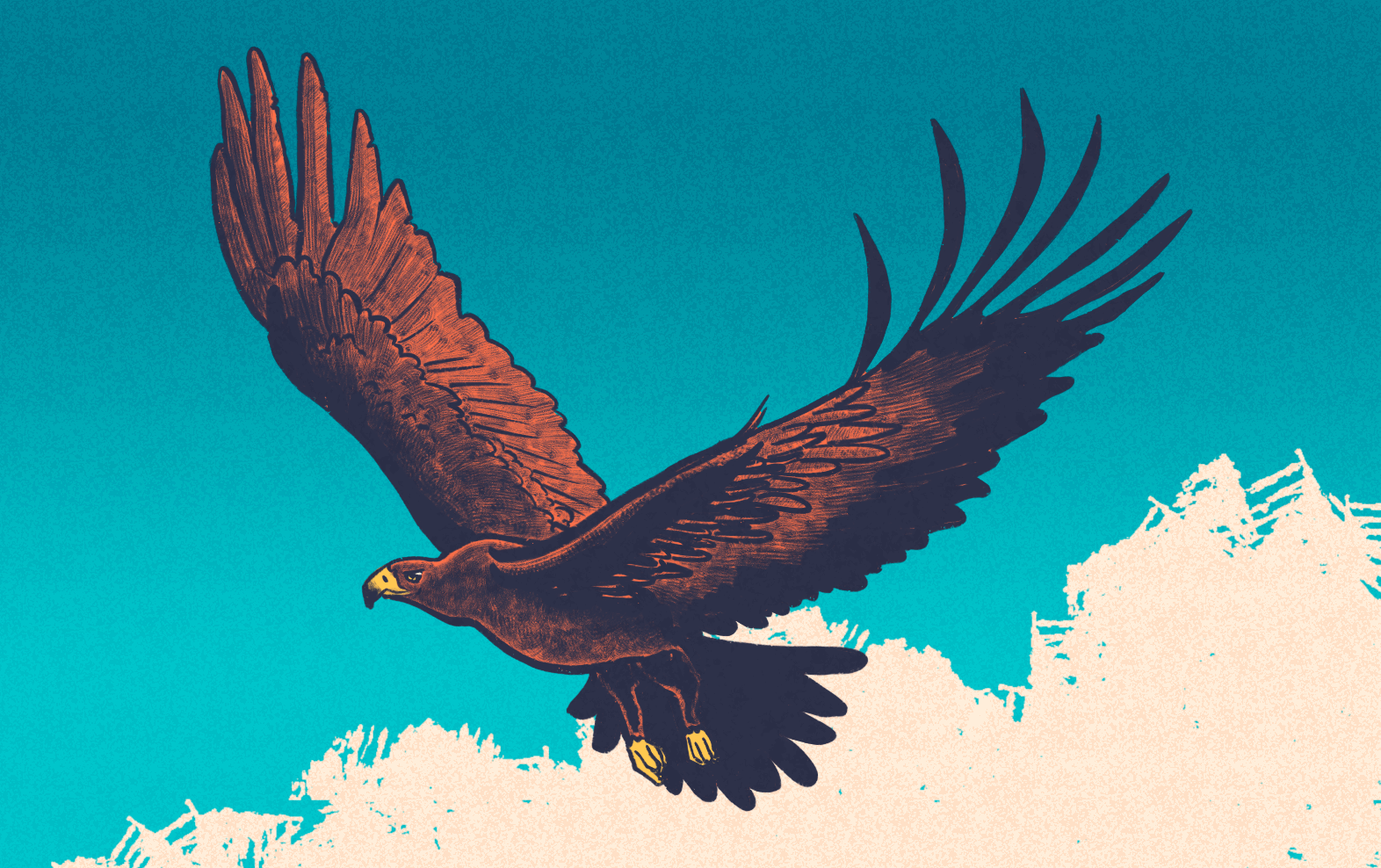
When engaging with Aboriginal and Torres Strait Islander communities, you should understand the local context. First Nations communities are not one homogenous group – they’re all different and unique.3
So in addition to learning about what Country you’re on and the leaders and Elders of that community, also consider:2,3,4,5,6,7
- Any specific social or historical contexts for that community.
- Discover the community’s level of interest in creating new partnerships, don’t just assume they’re interested.
- Understand the language needs of the community and whether an interpreter will be required.
- Identify the right people to talk to in the community. Leadership structure is important.
- Be mindful of days of significance and honour important dates and events.
- Sorry Business. In communities, when someone passes away, the whole community comes together to share that sorrow through a process called Sorry Business. Sorry Business must be respected by all people working and engaging with communities, land councils and individuals.
- Engaging locally is a way to show that you appreciate the value of First Nations contributions to your community. You can find events like these by looking at your local council website, as well as community noticeboards, social media and local news. You might also want to have a look at local museums or art galleries. Major events often occur around NAIDOC week and 26 January (sometimes called Invasion/Survival Day).
A drawing of a goanna etched into wood on Gunaikurnai Country.

Reflect on the following when you're considering engaging with First Nations communities:4,5,7
- Have you or your organisation previously engaged with this First Nations community? How has that process been received? Have any commitments been made for stronger or more meaningful engagement?
- Have any other organisations near you been able to develop meaningful partnerships with local First Nations communities? What could you learn from their involvement?
- Have you sought permission from local Elders and leaders to enter the community?
- Have you developed a process to receive feedback around your involvement? How will this feedback be transitioned into action within yourself and your organisation?
- Williams, R. (1999). Cultural safety—what does it mean for our work practice?. Australian and New Zealand journal of public health, 23(2), 213-214.
- Papps, E., & Ramsden, I. (1996). Cultural safety in nursing: The New Zealand experience. International journal for quality in health care, 8(5), 491-497.
- Australian Children’s Education and Care Quality Authority. (n.d). Engaging with Aboriginal Communities. Where do we start? https://www.acecqa.gov.au/sites/default/files/acecqa/files/NEL/engaging-with-aboriginal-communities1.pdf
- Department of Environment and Energy. (2019). Partnering with Indigenous organisations for a sustainable environment. https://www.dcceew.gov.au/sites/default/files/documents/partnering-indigenous-organisations-guide.pdf
- Pyett, P., Waples-Crowe, P., & van der Sterren, A. (2009). Engaging with aboriginal communities in an urban context: Some practical suggestions for public health researchers. Australian and New Zealand Journal of Public Health, 33(1), 51–54. https://doi.org/10.1111/j.1753-6405.2009.00338.x
- Glynn-McDonald, R. (27 May 2019). Death and Sorry Business. https://www.commonground.org.au/article/death-and-sorry-business
- Australians Together. (n.d). Respectfully Engaging with Indigenous Communities. https://australianstogether.org.au/assets/External-Files/PD190+Engaging+with+Communities+Paper-web-FA-1.pdf
Related Topics
This resource is informed by consultations, academic research, and articles written by and with Aboriginal and Torres Strait Islander people. This resource has been reviewed by the Koorie Heritage Trust.
